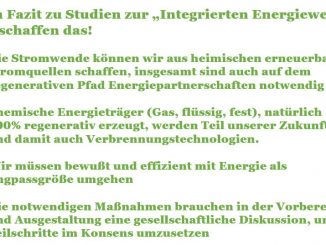
Abstract
This paper develops a path for the global energy system up to 2050, presenting a new application of the open-source energy modeling system (OSeMOSYS) to the community. It allows quite disaggregate energy and emission analysis: Global Energy System Model (GENeSYS-MOD) uses a system of linear equations of the energy system to search for lowest-cost solutions for a secure energy supply, given externally defined constraints, mainly in terms of CO2-emissions. The general algebraic modeling system (GAMS) version of OSeMOSYS is updated to the newest version and, in addition, extended and enhanced to include e.g., a modal split for transport, an improved trading system, and changes to storages. The model can be scaled from small-scale applications, e.g., a company, to cover the global energy system. The paper also includes an application of GENeSYS-MOD to analyze decarbonization scenarios at the global level, broken down into 10 regions. Its main focus is on interdependencies between traditionally segregated sectors: electricity, transportation, and heating; which are all included in the model. Model calculations suggests that in order to achieve the 1.5–2 °C target, a combination of renewable energy sources provides the lowest-cost solution, solar photovoltaic being the dominant source. Average costs of electricity generation in 2050 are about 4 €cents/kWh (excluding infrastructure and transportation costs). View Full-Text
https://www.mdpi.com/1996-1073/10/10/1468


